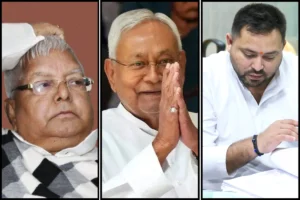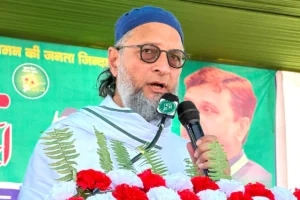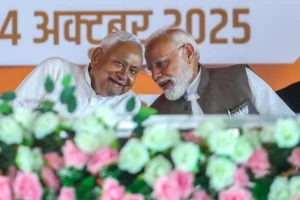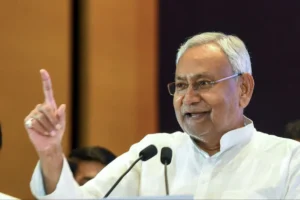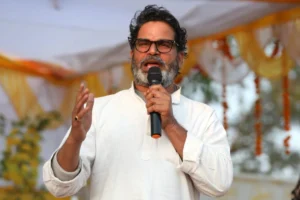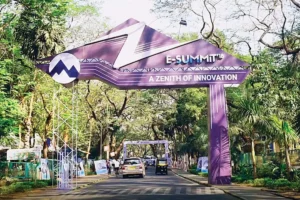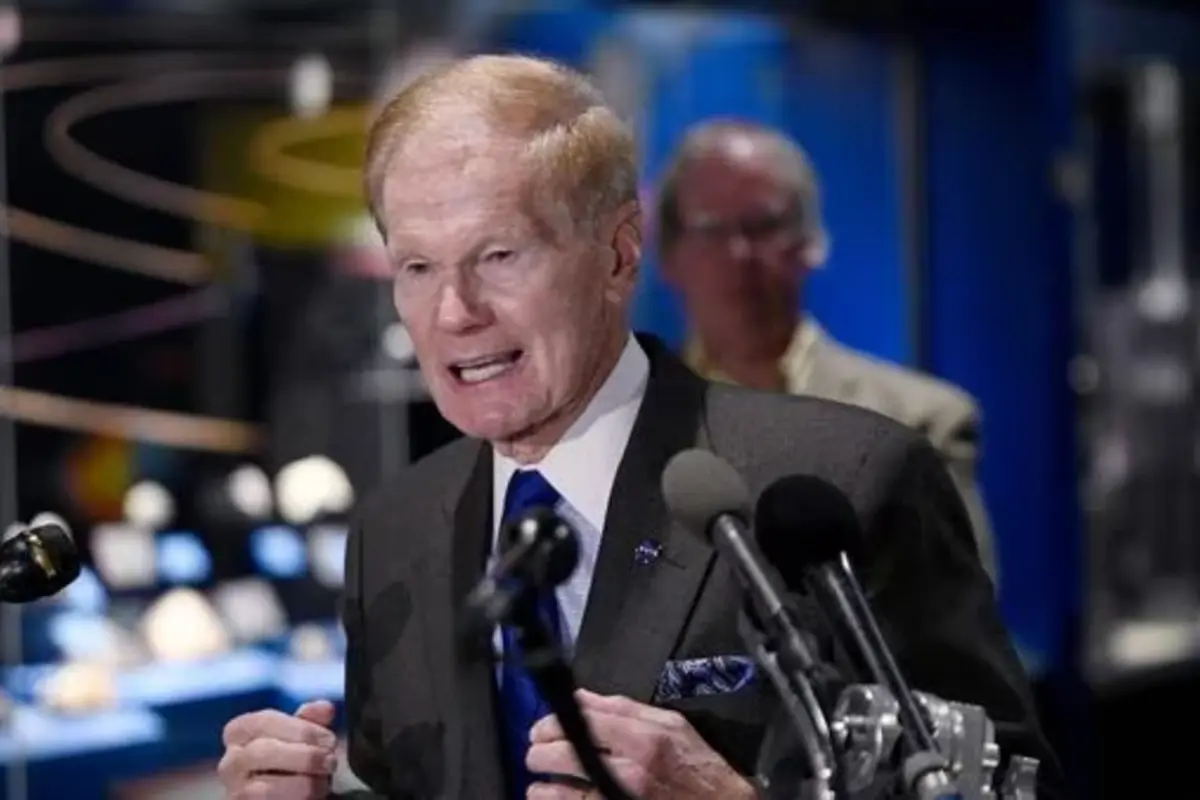
The proposed role of an Indian astronaut who will be trained by the National Aeronautics and Space Administration (NASA) and fly to the International Space Station (ISS) next year was the main topic of discussion during talks between the US and India on strengthening space collaboration, NASA administrator Bill Nelson said on Tuesday.
In addition, the head of NASA praised India as a “great future partner for astronauts in space” and announced that early in 2024, the two nations will launch a low-Earth orbit observatory from India.
On Tuesday, Jitendra Singh, the minister of state for science and technology, met with a delegation from NASA led by Nelson.
“I spoke with the minister about the responsibilities of the Indian astronaut serving on the International Space Station. We discussed how important it is for India to be represented in scientific research and how Indian astronauts should be able to choose that. I want to support that if there is a specific area of research in which he or she would be interested,” Nelson subsequently stated in a press conference.
“By the end of 2024, NASA will assist in preparing the Indian astronaut for space travel. There is work to be done on those details. That will be announced by the Indian Space Research Organisation (ISRO),” Nelson stated.
According to a statement from the Indian Department of Space, the NASA chief requested that Singh quicken the timeline for delivering India’s first astronaut to the International Space Station (ISS) on a NASA rocket.
Also read: Explosion triggers fire at Gujarat chemical plant, 24 workers injured
Gaganyaan, India’s first crewed spaceflight, is scheduled to launch a new era of space exploration the following year.
Under Isro’s Gaganyaan project, three astronauts will be launched into a 400 km orbit for a three-day mission, with the goal of safely returning them to Earth by landing in waters near India. This will serve as a demonstration of human spaceflight capability.
The astronauts are specially selected Indian Air Force fighter pilots who completed their training in Russia.
Nelson also announced that the first quarter of 2024 would see the launch of the NASA-ISRO Synthetic Aperture Radar (NISAR) observatory. In mid-November, NISAR concluded a significant experiment at Isro’s compact antenna test facility.
“As part of what we refer to as our great observatories, India will launch NISAR, a very expensive spacecraft, in the first quarter of 2024 through a joint venture. And the combination of all that data—all 25 of our spacecraft monitoring the planet and these four or five observatories that will be built—is helping us precisely pinpoint what is happening to the Earth and its climate, Nelson added.
The spacecraft is worth $1 billion.
He said that NISAR will use technology to measure any changes on the Earth’s surface while it examines it.
In order to map the entire planet in 12 days and provide information on changes in Earth’s ecosystems, ice mass, vegetation biomass, sea level rise, groundwater, and natural hazards like earthquakes, tsunamis, volcanoes, and landslides, NASA and Isro are working together to develop NISAR, a low earth orbit observatory.
Also read: Explosion triggers fire at Gujarat chemical plant, 24 workers injured
Large swathes will be observed with high-resolution data thanks to its dual-band synthetic aperture radar (SAR) equipped with L and S bands. An observatory consists of the SAR payloads installed on the spacecraft bus and an integrated radar instrument structure.
According to the Department of Space’s statement, NISAR is scheduled to launch onboard India’s geosynchronous satellite launch vehicle.
“NISAR data will be very helpful in researching land ecosystems, solid earth deformation, mountain and polar cryosphere, sea ice, and coastal oceans on a regional to global scale,” the statement continued.
“The eighth meeting of the working group on civilian space cooperation was held in Washington in January 2023,” the statement stated. “Isro and NASA have formed a Joint Working Group (JWG) on human spaceflight cooperation and are exploring cooperation in radiation impact studies, micrometeorite, and orbital debris shield studies; space health and medicine aspects.”
Nelson earlier called India “a leader in space”.
“Touchdown in India! Ready to embark on a week of engaging meetings and events to grow @NASA’s partnership with @isro. India is a leader in space and we’re looking forward to a productive visit,” he wrote on X after his arrival.
To read more such news, download Bharat Express news apps










